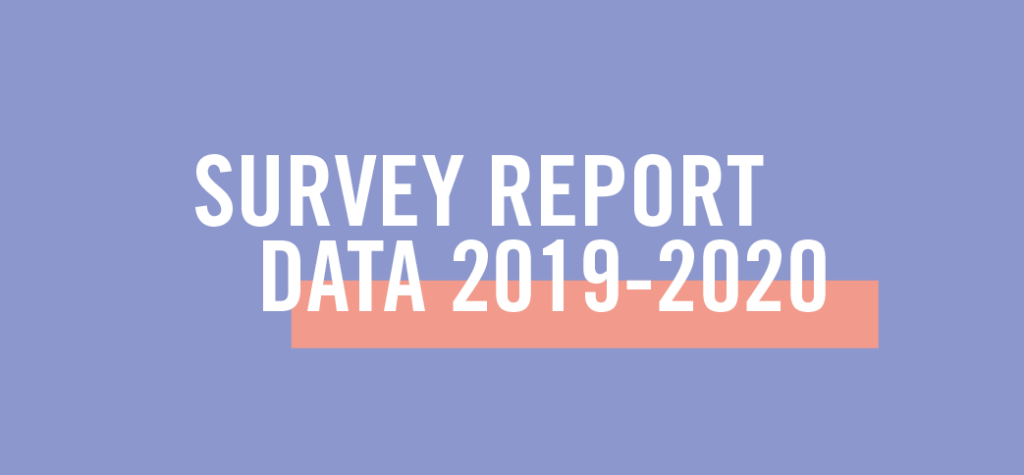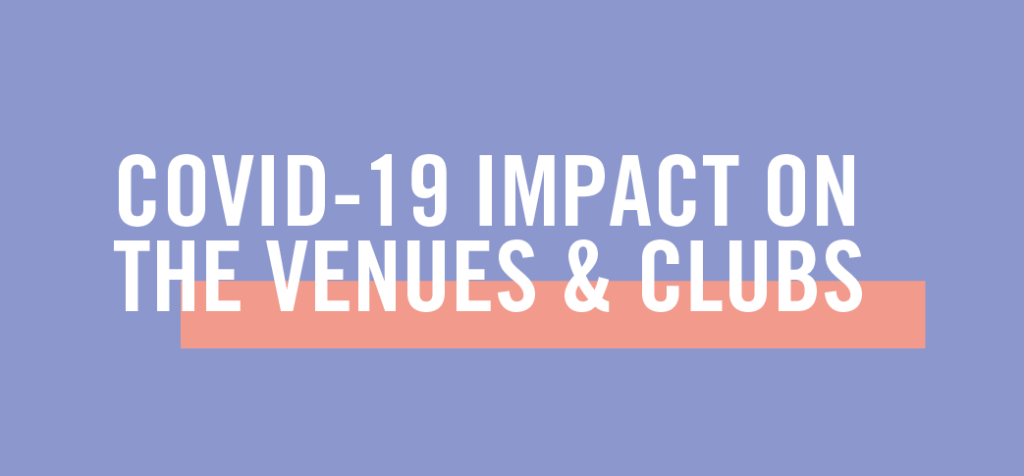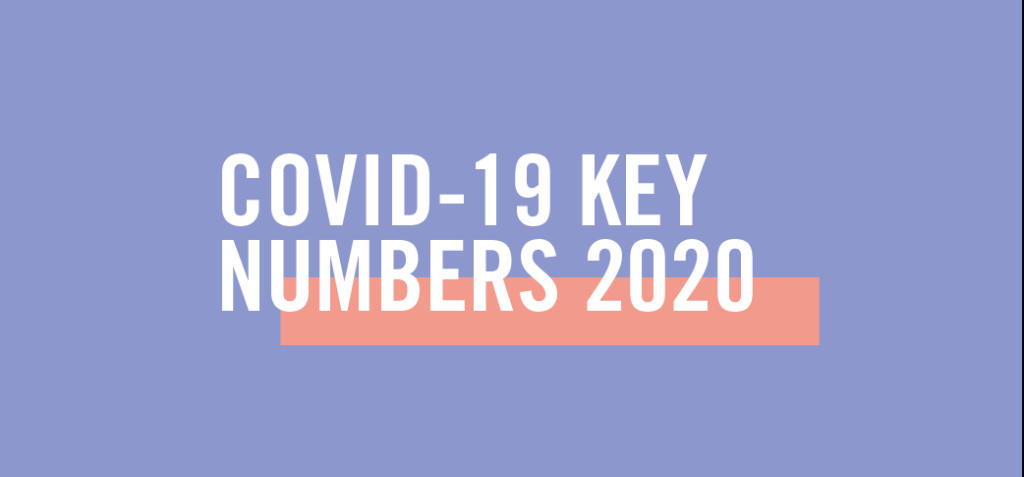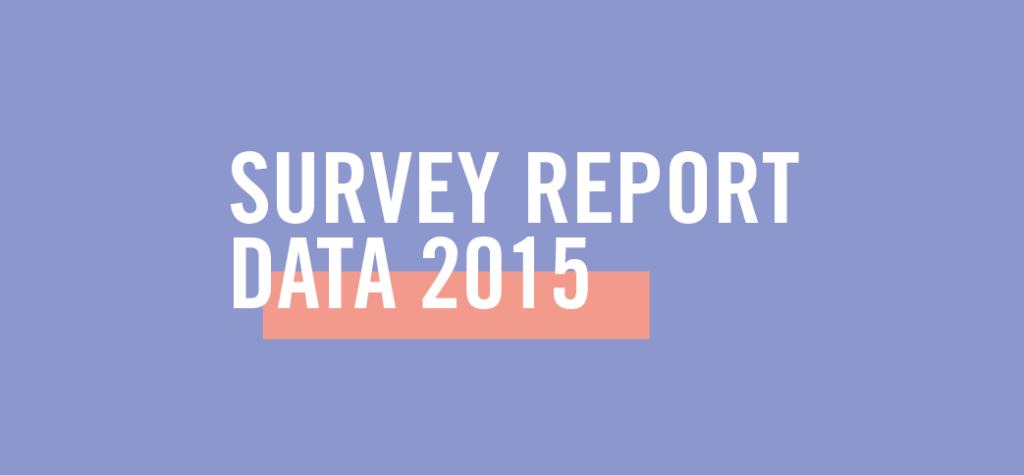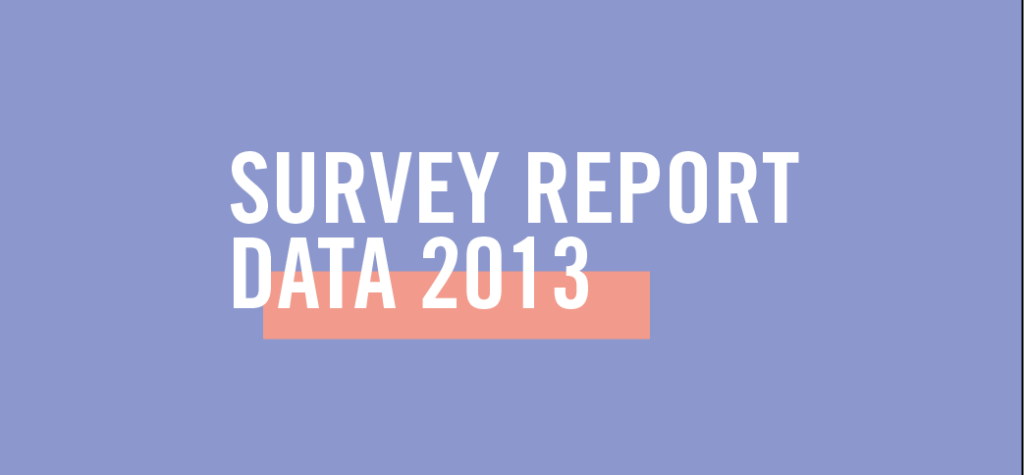What is the Survey?
Live DMA collects data of the venues and clubs part of the network every year, in order to monitor the situation of the live music sector in Europe. We have synchronised questions and definitions for all Live DMA members, and besides that, we provide our members with tools and guidance to improve their own observation work. Live DMA’s observation work is named ‘The Survey’, as part of the Live DMA project Live Style Europe, since 2017. It is a great tool to better understand the functioning of European live music scenes. The Survey presents details on the administrative formats, accomodations, functions, activities, audiences, human resources and financial situation of the European venues and clubs, as a crucial part of the live music ecosystem. The data collected provide a clear snapshot of the social, economic and cultural value of the sector.
Live DMA presents the key numbers in various publications since 2013, including recent reports on COVID-19 pandemic effects for music venues and clubs in 2020 and 2021, compared to the 2019 numbers. The data results are important for the representation of the live music venues and clubs on a local, regional, national, and European level. It helps policy makers to understand the role, capacities, and values of these live music entities. We encourage the use of The Survey to help the sector fulfill its objectives, such as being recognized as a crucial part of the cultural landscape.
Key numbers in a nutshell · venues & clubs
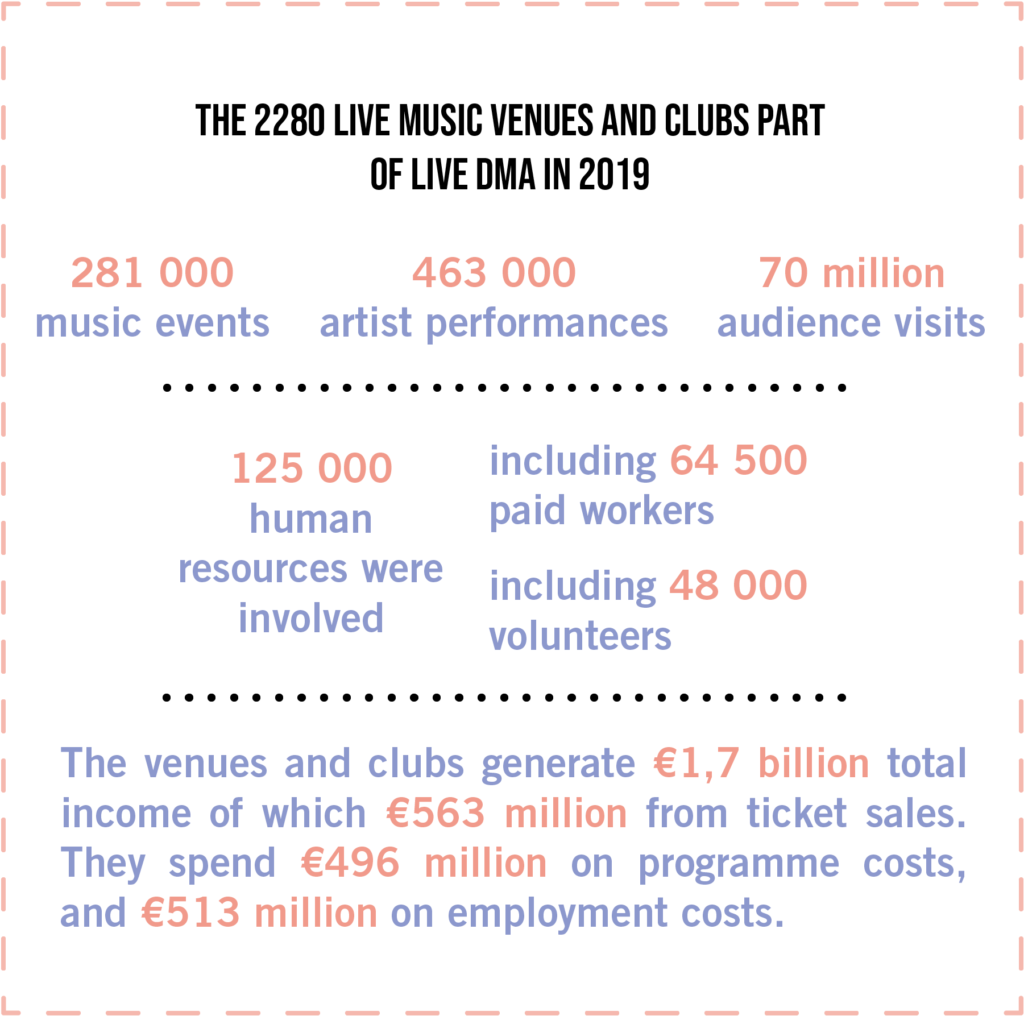
In 2019, for 2,280 venues and clubs part of the Live DMA network:
• 281 000 live music events organised
• 463 000 artist performances
• 70 million audience visits, of which 80% paid an admission fee
• 125 000 workers, of which 64,500 paid workers + over 48,000 volunteers
• Generating 1.7 billion euro income
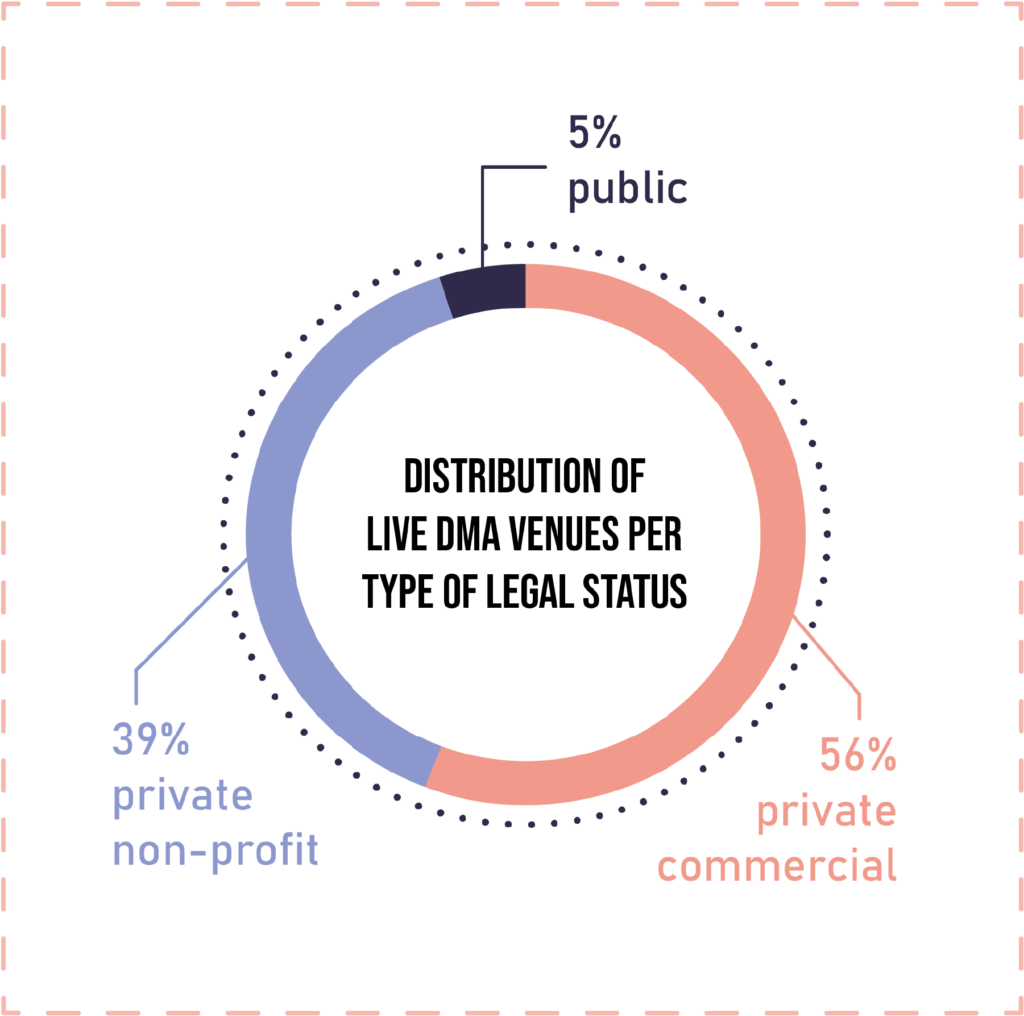
In 2019, for 2,280 venues and clubs part of the Live DMA network:
• 39% are a non-profit organisation
• 85% of the organisations have other functions, such as social and educational functions, bar/restaurant functions, and multi-disciplinary functions such as cinema, theatre…
• 47% organises festivals
• Most music venues are small with an audience capacity under 400.
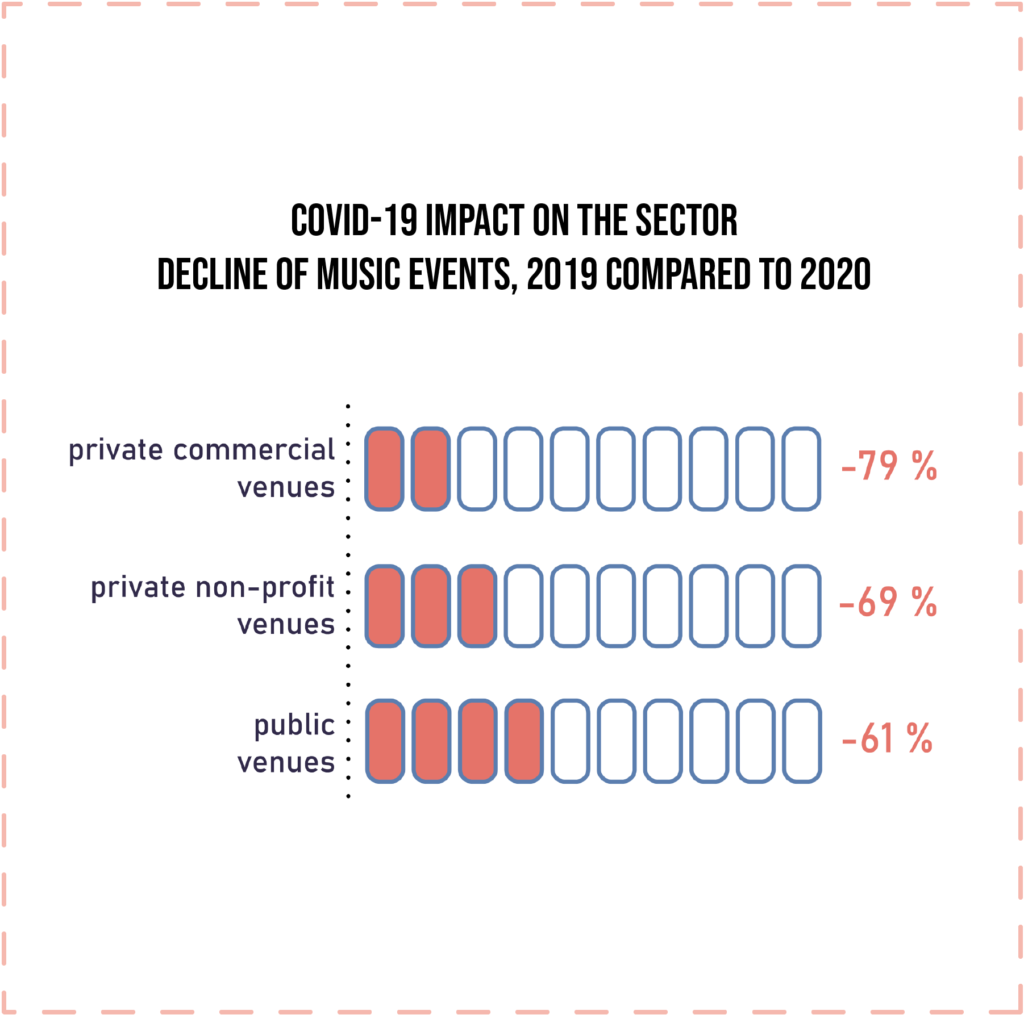
Between 2019 and 2020, for the venues and clubs part of the Live DMA network:
• 75% less audience visits
• 62% of the music venues and clubs organised online music events
• For private commercial structures (56% of the live dma venues and clubs), only 6% of the lost income was covered by covid support fund from governments
Facts & figures publications · venues & clubs
Live DMA members key facts and figures · venues & clubs
Our members are active participants in The Survey as they collect the data from their venues and clubs using Live DMA’s questions and definitions. After collecting the data on national and regional levels, our Survey coordinator is assisting our members to analyse the situation of venues and clubs on a European level with a set of key indicators. This also leads to the possibility to understand the diversity of live music venues and clubs in different countries accross Europe.
As an example, we see that characteristic business models in different European regions are mostly related to the administrative formats of the venues and clubs (public, non-profit or commercial).
Key numbers of music venues per Live DMA member
By following the links below, you can view some of the key facts & figures of the venues and clubs represented by our members in the different regions. Where possible, the pages also provide links to relevant data research of members itself or provided by members.
| Live DMA member | Region | Overview key facts & figures |
| ACCES | Spain | Overview of facts & figures – ACCES |
| ASACC | Catalonia | Overview of facts & figures – ASACC |
| CLUBCIRCUIT | Belgium (Flanders) | Overview of facts & figures – Clubcircuit |
| COURT-CIRCUIT | Belgium (Wallonia-Brussels) | Overview facts & figures – Court-Circuit |
| DANSK LIVE | Denmark | Overview of facts & figures – Dansk Live |
| FEDELIMA | France | Overview of facts & figures – FEDELIMA |
| KEEPON LIVE | Italy | Overview of facts & figures – KeepOn Live |
| LIVE MUSIC ESTONIA | Estonia | Overview of facts & figures – Live Music Estonia |
| LIVE FIN | Finland | Overview of facts & figures – LiveFIN |
| NORWEGIAN LIVE | Norway | Overview of facts & figures – Norwegian Live |
| PETZI | Switzerland | Overview of facts & figures – PETZI |
| VNPF | The Netherlands | Overview of facts & figures – VNPF |
We have also compiled all the data reports our members did, often in their national languages. Check it out here.
Live DMA inventory
Live DMA inventory is a useful tool that helps mapping the European live music sector. It shows the representation of the network with two main data: the number of venues, clubs and festivals per countries & their legal status.
Methodology of the Survey
Since 2012, data collection and sector monitoring has been one of Live DMA’s first major pillar. As such, Live DMA is in a leading position when it comes to data collection on the live music sector and by the live music sector.
Developing our own methodology is a strong asset: we build a trustful relationship with the venues and clubs taking part in this project by analyzing their needs and building the necessary support structures. It is also a great capacity building exercise, as our members learn how to collect data and use the Survey as an advocacy tool at national level.
As Live DMA and its members own their data, we can also be reactive to quickly develop new research when needed, as it was the case during the COVID-19 crisis, for instance.
Although we publish our findings only every two years, the Survey is repeated every year to keep track of current numbers and situation of the venues and clubs, but also with the aim to discover trends and developments.

